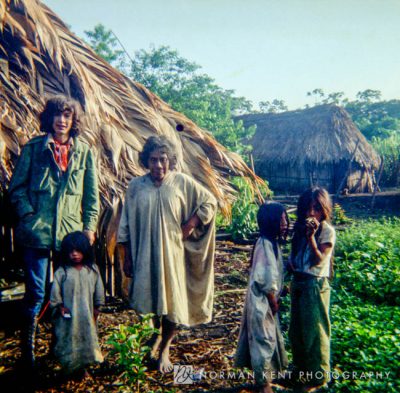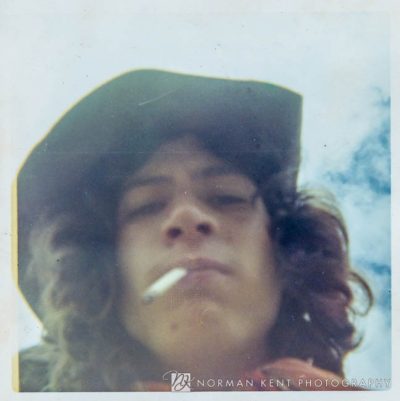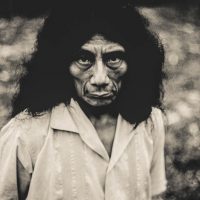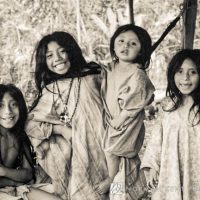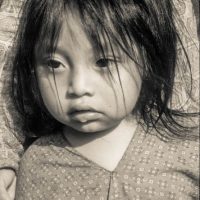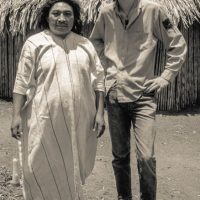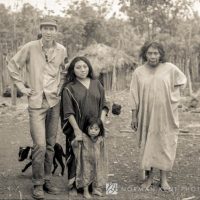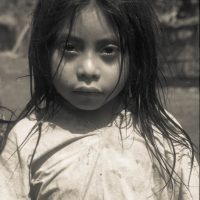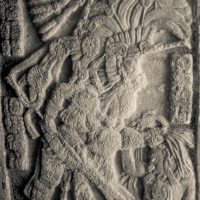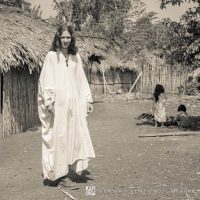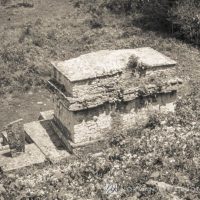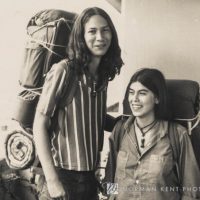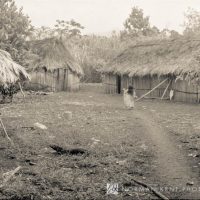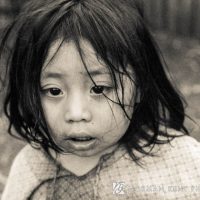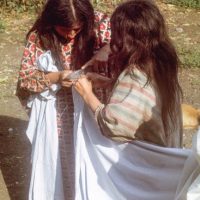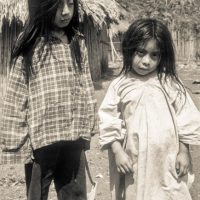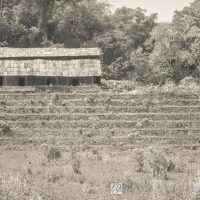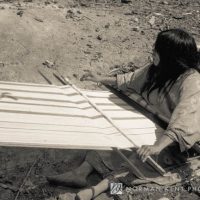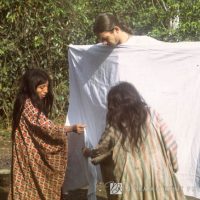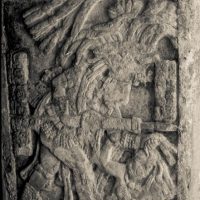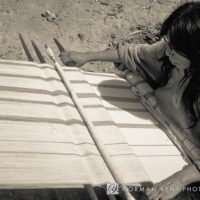Who Is Norman Kent at Heart?
Tuesday, July 30, 2019
- Team CYPRES
- 7/30/19
- 0
- General, Sponsored Athlete
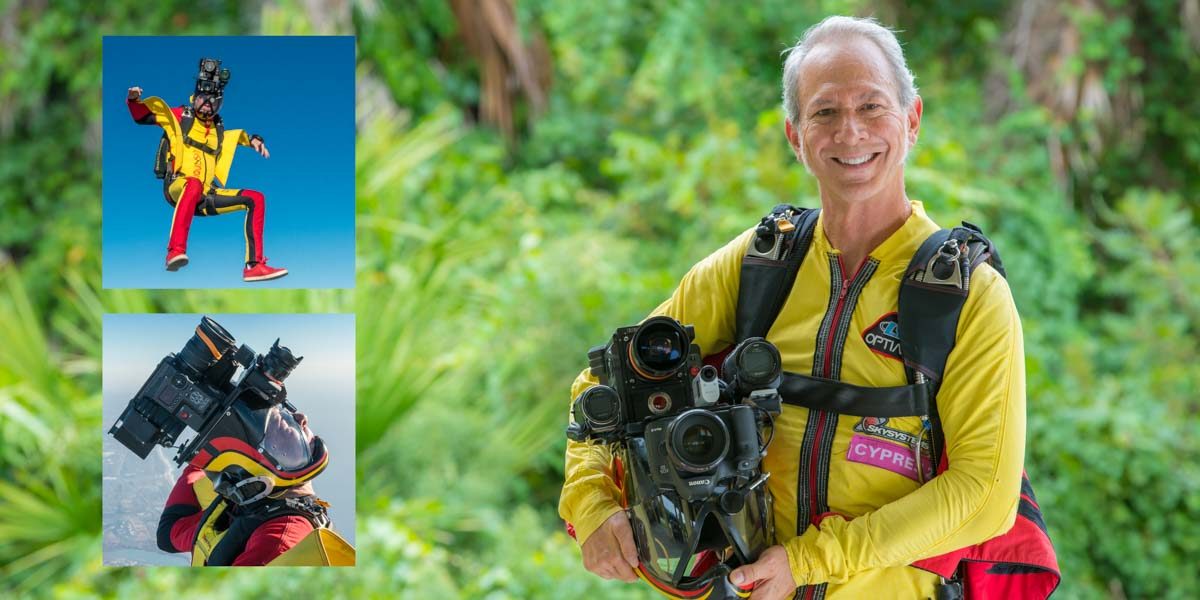
The Surprising Story of How Norman Kent Found his Path
CYPRES counts itself lucky to have such a remarkable family of athletes gathered around us. Each athlete we support is a fascinating combination of athletic prowess and personal exceptionality — however, Norman Kent kinda sits in a class all his own. You probably know him in his capacity as one of the world’s greatest freefall photographers/videographers; what you may not know is that he’s an adventurist of note, a philosopher and a person of considerable spiritual depth.
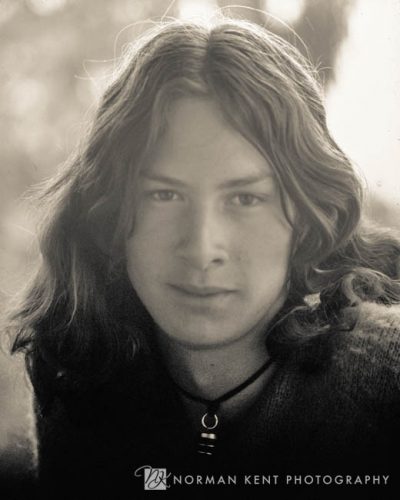
One of the greatest examples of this kinda-mind-blowing Norman-Kentness is his origin story. Even before he picked up his first rig, Norman has been pushing far beyond the boundaries society and his circumstances set out for him; the story of how he found his path into visual art illustrates exactly what it is that we mean by that.
“I would describe myself as a loving, passionate, creative and courageous being,” he says, simply. “And the passion and the love are at the very top of that list. The main theme of my life is that I’m driven by love and passion. I have always been, as long as I can remember. For me, the most important facet of your life is not the things you say you are going to do, or even the things you do as far as your actions alone, but the things that drive you. And those are mine.”
In any life’s timeline, the love story that prefaces the marriage to one’s life’s work is a defining moment. Norman Kent insists that he became a photographer in the moment when he said to himself, this is what I want to do.
The plan was to set out on an expedition to the jungles in Mexico
“It is interesting for me when I look back,” Norman muses. “Many years later, now, in the present, people ask me this kind of question. I find it rewarding and interesting how indelible it was; that the moment when I decided this is what I’m going to do is still exactly the same as it is today. It has not changed one bit. This is exactly what I said I was going to do, and here I am exactly living that same way of being.”
Norman’s story starts in Mexico. (He was raised there.) He was 14 year old. At this precise moment, he was part of a little cadre of three young, idealistic kids: two of them 14 years old; one, 18. The three boys had formed an organization of volunteer youth. The plan was to set out on an expedition to the jungles in Mexico, along the border with Guatemala, to visit the Lacandon Indians, which are the descendants of the Mayans, to try to learn their ways, and to help them as much as we could.
Unsurprisingly, the trio ran into a lot of problems on their quest. They quickly discovered that were way over their heads, underprepared and just-plain unlucky.
“To make a long story short,” Norman retells, “We were there for two and a half weeks.”
One of the boys got malaria. The other two had to get him out of there, but got hopelessly lost in the jungle, for three long days, without weapons, without provisions or water, not knowing what to eat, in the process of getting him out. They were adrift. As a result, one at a time, the boys started hallucinating from lack of food and nutrients.
“I thought we were done,” Norman says, “but somehow, we made it out.”
“I was very motivated at that point to share that,”
“One of the things that I learned when I was in there,” he muses, “was I really loved the perspective change of these people, compared to what we were living in the city. That change was one of the things we had originally set out to explore and experience.”
“I was very motivated at that point to share that,” he smiles, “and that’s when I became a photographer.”
After he got back from that harrowing journey alive, Norman told himself that he was going to go back and complete the mission he and his friends had first set out to do. This time, however, he was going to document it and share it with the world. In the end, it took him two years to recover and gather the resources he needed, but he eventually did. He bought a couple of little cameras with the help of his aunt — a used, $25-dollar still camera with one lens and a $25-dollar Super-8 movie camera. Two years from his first return, he set back out for the jungle, this time with his girlfriend. He was 16.
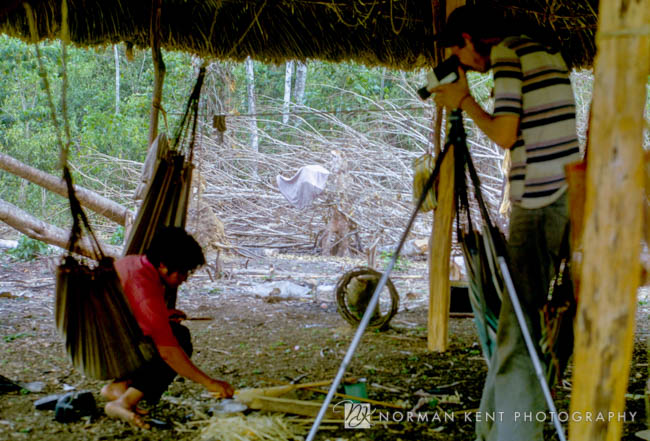
“In a miraculous way, we found our way into the same spot,” he says. “I’m talking about places where there are no roads, not even trails and stuff like that. Somehow we found our way, and the first person I ran into was the same person who had hosted us two years before. He was the only one that spoke Spanish from the tribe. He looked at me and said what the hell is going on here?! What the hell are you doing back here? I told him, I told you I would be back. I’m back and I want to learn the ways. So he took us in.”
“I see and shoot the beauty that I see.”
The pair spent two and a half months living with their Lacondonian host and his tribe, learning everything from the tribe’s language to its esoteric cultural practices. And Norman made a documentary film.
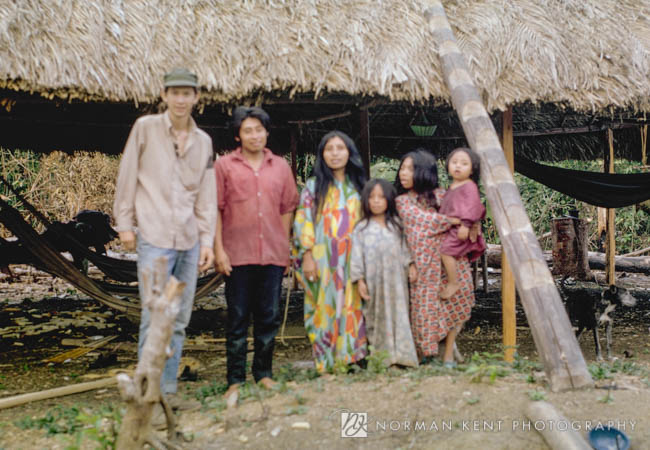
“It was very crude,” he smiles. “I didn’t have any schooling on filmmaking. It was all from the heart and whatever I thought would be right. There were a lot of things that happened in my career that led to who I am today as a filmmaker and photographer, but the bottom line is that the experience I had in that jungle defined my path.”
“What is also defined, which is more important,” he adds, “It that photography is not my occupation so much as the tool to share the beauty that I see; to share things that I see that are unique; to share different points of view that can somehow inspire people. That’s the true motivation. I see and shoot the beauty that I see.”
According to Norman, his entire path — from lost-boy-style whippersnapper to world-famous visual artist//athlete — traces back from those original roots of passion and love.
“It was all there from that beginning,” he notes. “I was quite lost before that; I had gotten into all kinds of trouble before that as a teenager and I was a very troubled kid. After that turning point, I completely saw a side of life that turned me away from that. I decided that I wanted to grow the loving side of my humanity. I think that’s really why I describe and define myself as a loving, creative and courageous being. It’s not ego. That’s who I am. I think that particular story explains it all.”
We couldn’t agree more, Norman. Thanks for sharing your passion and love with your CYPRES family.
Tags: Norman Kent
Adventure, Tips, and Adrenaline
Subscribe to Our Newsletter
By signing up for our newsletter you declare to agree with our privacy policy.
